Jiangnan Examination Hall (Jiangnan Gongyuan) – Ticket Price, Opening Hours, Location, and Highlights
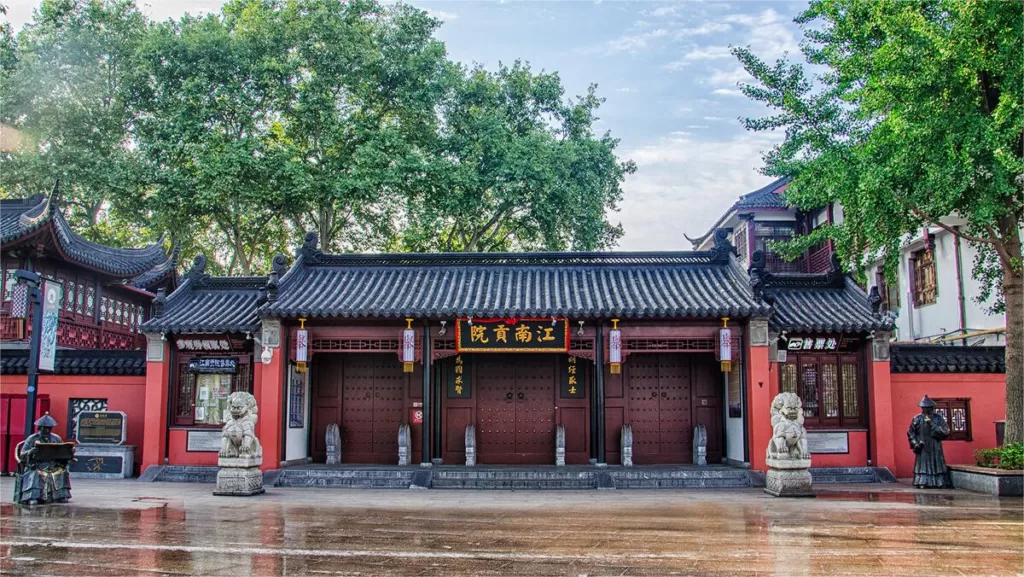
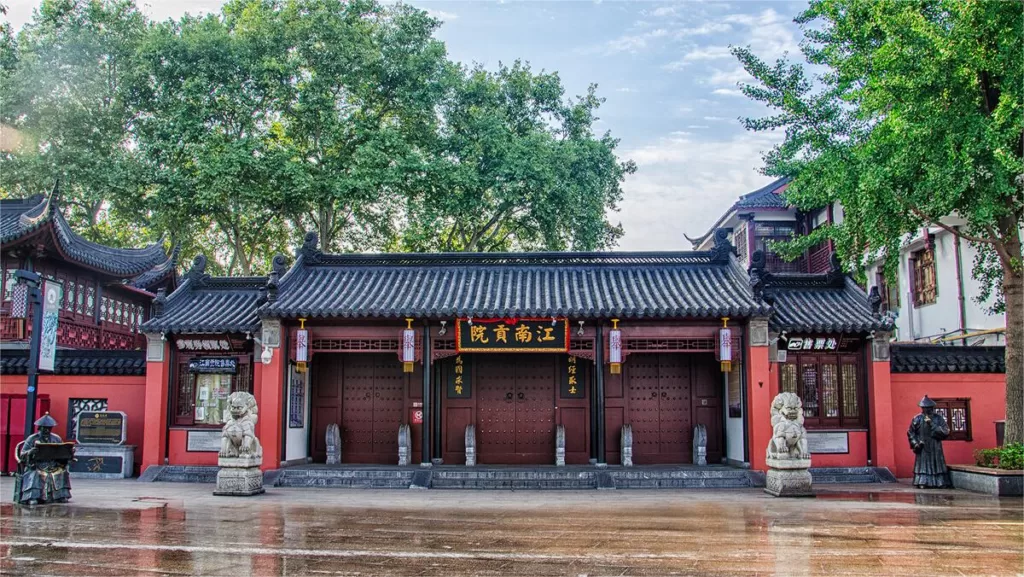
Jiangnan Examination Hall, also known as Jiangnan Gongyuan (江南贡院), is a historical and culturally significant institution in China with a rich legacy as the largest and most influential examination center in Chinese history. It played a crucial role in selecting and nurturing scholars in the southern regions of China and stands as one of the three major ancient architectural complexes in the Confucius Temple area. Often referred to as the “cradle of ancient Chinese officials,” the Jiangnan Examination Hall has a remarkable history that spans centuries.
Established in the fourth year of the Qiandao era during the Southern Song Dynasty in 1168, the Jiangnan Examination Hall has witnessed numerous renovations and expansions throughout the dynastic transitions. It reached its zenith during the Ming and Qing dynasties. In the reign of the Qing Emperor Tongzhi, it boasted a staggering 20,644 examination rooms for candidates, accommodating more than 20,000 examinees simultaneously, in addition to hundreds of auxiliary buildings, covering an area of over 300,000 square meters. In 1905, the central government, responding to appeals by influential figures like Yuan Shikai and Zhang Zhidong, formally abolished the imperial examination system, thus marking the end of the historical mission of the Jiangnan Examination Hall.
During its centuries of operation, the Jiangnan Examination Hall contributed significantly to the nation by producing more than 800 top scholars (zhuangyuan), over 100,000 jinshi degree holders, and over a million successful candidates for lower-level degrees (juren). Prominent figures in the Ming and Qing dynasties such as Tang Bohu, Zheng Banqiao, Wu Jingzi, Shi Nai’an, Weng Tonghe, Zhang Jian, and Chen Duxiu all emerged from the ranks of scholars who passed through its gates.
Table of Contents
- Basic Information
- Location and Transportation
- Highlights of Jiangnan Examination Hall
- Vlog about Jiangnan Examination Hall
- Attractions Near Jiangnan Examination Hall
Basic Information
| Estimated Length of Tour | 1 – 2 hours |
| Ticket Price | 50 RMB |
| Opening Hours | 9.00 – 20.30 |
| Telephone Number | 0086-025-86626653 0086-025-52236971 |
Location and Transportation
Jiangnan Examination Hall is located in the city of Nanjing, near the well-known Confucius Temple and Qinhuai River. Its exact address is No. 95, Gongyuan Street, Qinhuai District, Nanjing, Jiangsu. To get there, you can choose the following ways:
Bus: Take bus 1, 4, 40, 44, or 202, get off at Jiankang Road Confucius Temple Stop (健康路·夫子庙站), and walk about 300 meters to the southwest to reach the attraction.
Metro: The nearest metro station to Jiangnan Examination Hall is Confucius Temple (夫子庙站). After getting out of the station from Exit 2, walk about 200 meters to the south to reach the attraction.
Highlights of Jiangnan Examination Hall
Historical Significance

The Jiangnan Examination Hall in Nanjing holds immense historical significance as a key site for the imperial examination system in ancient China. It served as a central location where candidates from across the country gathered to undergo rigorous exams, determining their eligibility for government positions. This system played a pivotal role in shaping the intellectual and cultural landscape of China, emphasizing the importance of education and knowledge. Today, the hall stands as a symbol of this cultural heritage, offering visitors a glimpse into the past and fostering an appreciation for the scholarly pursuits and administrative practices of ancient China.
Architectural Grandeur
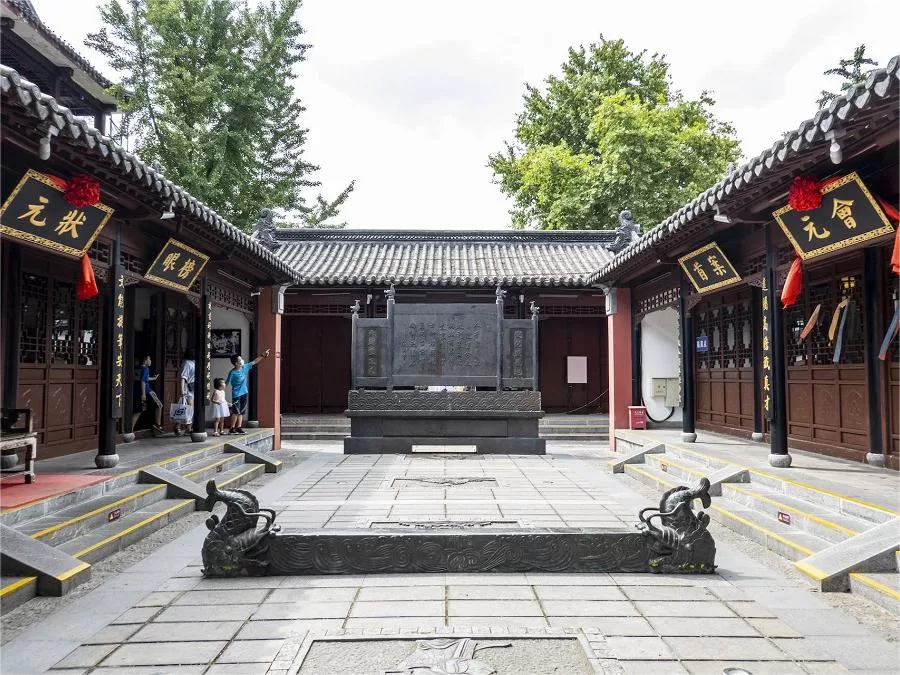
The central architectural feature of the Jiangnan Examination Hall is the Mingyuan Building, which was initially constructed in the 13th year of the Jiajing era during the Ming Dynasty (1534) and later reconstructed during the Daoguang era of the Qing Dynasty. Mingyuan Building is a three-story wooden structure with a square layout. It served as the command center for examiners and officials during the examination period, where orders were issued and security was maintained.
Another notable architectural element of the Jiangnan Examination Hall is the Feihong Bridge, which marked the division point for examinations and the evaluation of answer sheets, serving as a tangible symbol of the measures taken to prevent cheating during the imperial examination system.
Historical Exhibitions

The Jiangnan Examination Hall in Nanjing offers captivating historical exhibitions that provide insights into the imperial examination system. The exhibitions within the hall’s transformed museum display a rich collection of artifacts, documents, and historical materials. Visitors can immerse themselves in the examination process, exploring the cultural context and understanding the lives of scholars and officials during ancient times. Through the exhibits, the evolution of the examination system, the importance of education, and the impact on Chinese society are vividly depicted. These historical exhibitions serve as a valuable resource, allowing visitors to appreciate the profound historical and cultural significance of the Jiangnan Examination Hall and its role in shaping China’s intellectual heritage.
Examination Rooms

The examination rooms or “haoshe (号舍)” were where candidates would eat, sleep, and answer the questions. The unique design of these rooms ensured fairness in the examination process. The walls on the left and right sides of the rooms featured two tiers of brick shelves, designed to hold upper and lower wooden boards to place the exam paper. Each candidate was allowed to bring a basket into the examination room containing provisions such as food and stationery like brushes, ink, paper, and inkstones. Importantly, the food were required to be cut open to prevent cheating during the exams.
Vlog about Jiangnan Examination Hall
Attractions Near Jiangnan Examination Hall

Laomendong Historic District – A Testament to Nanjing’s Vibrant Past

Qinhuai River – A Prominent Landmark for over 200 years

Zhonghua Gate – A Majsetic Fortree Gate

Zhanyuan Garden – A 600-Year-Old Retreat
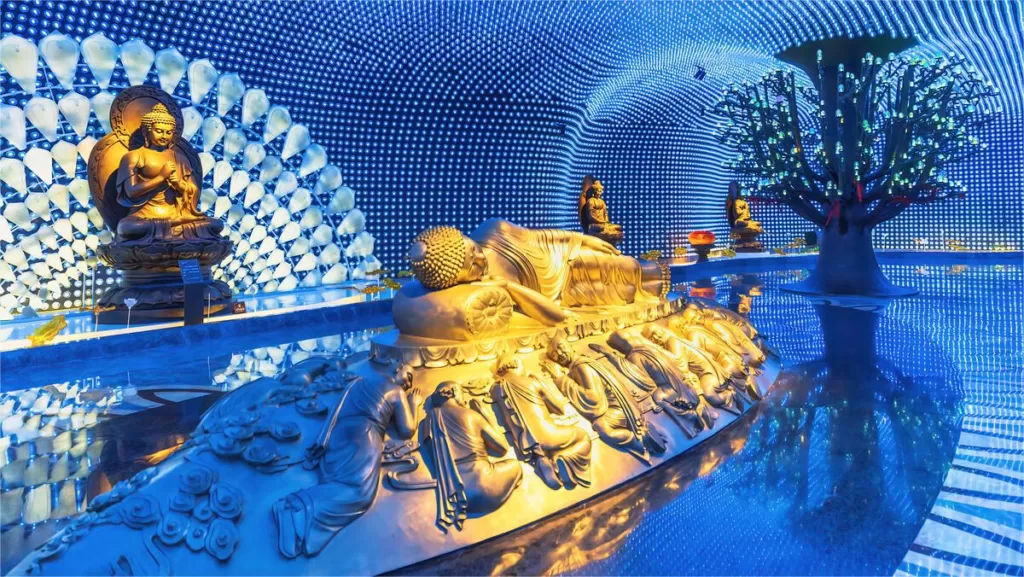
Bao’en Temple – Originally Built in hte 4th Century
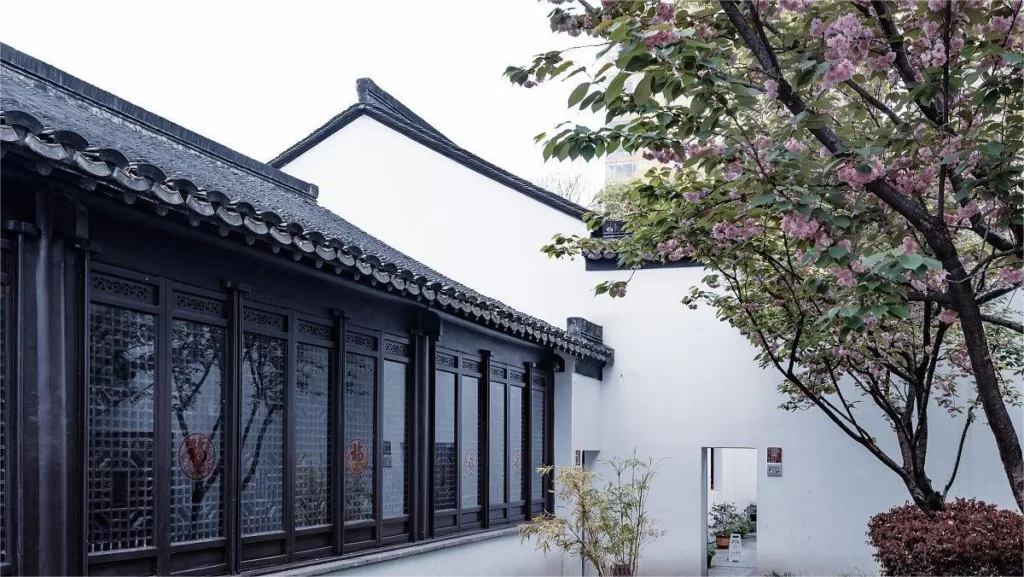
Former Residence of Gan Xi – A Place Steeped in a Bygone Era

Porcelain Tower of Nanjing – An Architectural Wonder

Imperial Examination Museum – A System that used to shape Chinese society
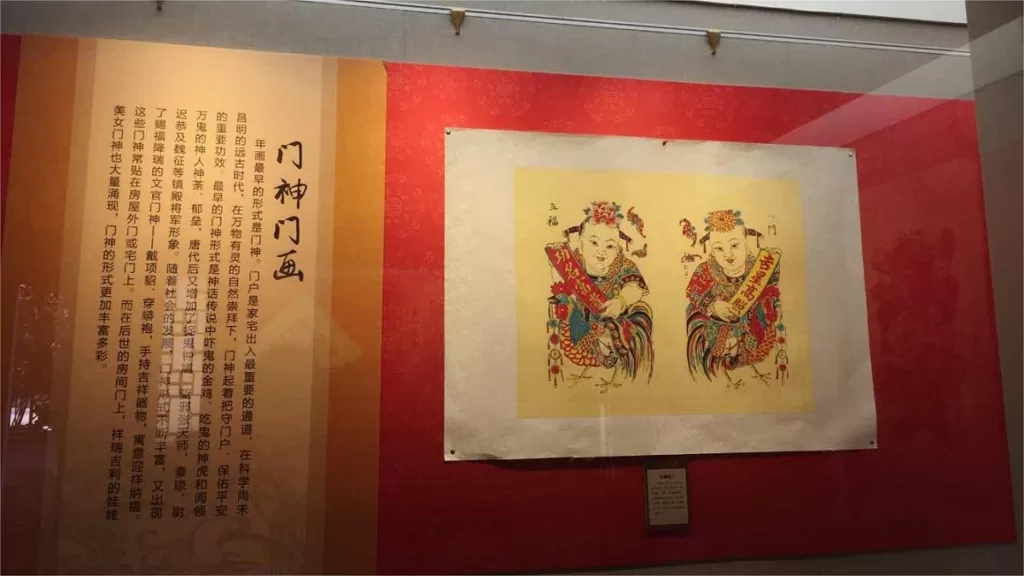
Nanjing Folk Museum – A Glimpse into the Daily Lives of Local People
Jiangsu historical sites, Nanjing attractions